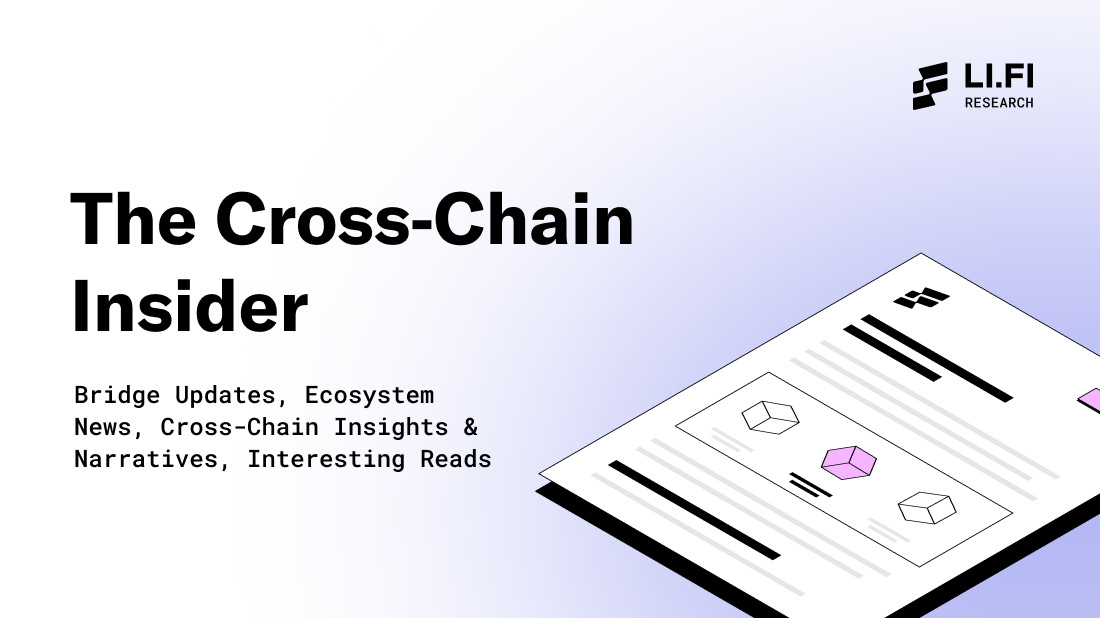
LiFi Introduces Multi-Message Aggregation After Uniswap Dispute
LiFi Introduces Multi-Message Generator
LiFi has released a multi-message generator for Decentralized Autonomous Organization (DAO) administration, said LiFi research lead Arjun Chand in a statement on August 17.
According to the new aggregator’s literature, decentralized markets, loan apps, and other Web3 protocols should be able to use it to prevent governance threats from cross-chain links.
The news came after a heated discussion about bridge security on the Uniswap boards in late January and early February, where it was decided that no single bridge has all the security features needed for safe control.
For months, @lifiprotocol has worked closely with @UniswapFND to develop Multi-Message Aggregation (MMA), an additive security module for cross-chain messaging.
Here's why we believe MMA could be a future-proof solution for different cross-chain messaging needs! 🧵👇 pic.twitter.com/w34g3ZUNfi
— Arjun | LI.FI (@arjunnchand) August 17, 2023
Debate Over Celer Bridge
Crypto exchange Uniswap is governed by a decentralized autonomous organization called UniswapDAO. This DAO started talking about adding a second copy of Uniswap to BNB Chain in January.
This raised the question of how Uniswap would be ruled on multiple chains since all votes had been made on the Ethereum network before. On January 24, the DAO added a second copy of Uniswap to BNB Chain and used the bridge protocol Celer to send messages from BNB to Ethereum.
Even though this plan was approved, the choice of Celer Bridge as the way to send messages caused a debate almost immediately. Some DAO members worried that Celer wasn’t safe enough to stop attacks on cross-chain governance. They suggested that Wormhole, LayerZero, or DeBridge be used instead. Celer was the best choice, according to other competitors.





